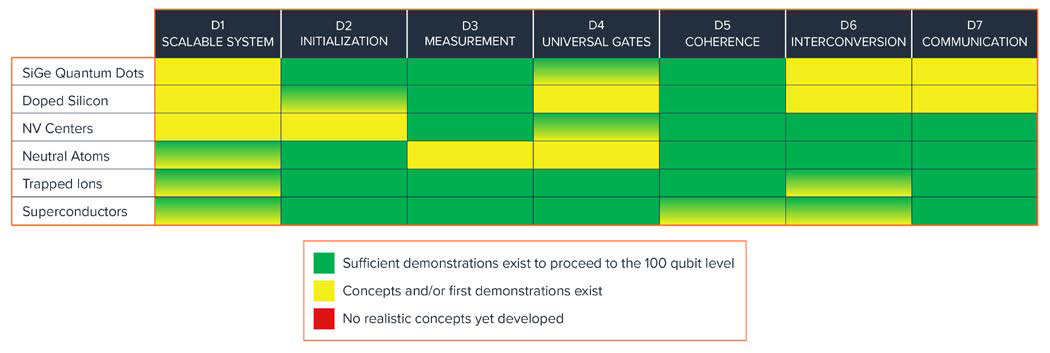Introduction to Quantum Computing
"Qubit realizations are being pursued in many different modalities." These include single atoms, defects in solids, superconducting circuits, and photons.
"Each type of physical qubit has specific advantages and disadvantages." "These advantages include the time which coherence can be maintained and the speed, as well as error rates, in operations and measurement."
"As the number of qubits in quantum computing systems grows, collective effects, in addition to individual qubit properties, quickly make hardware characterization and error analysis intractable."
"To enable fault-tolerant operation at scales large enough to provide the sought-after advantage over classical computation, multiple physical qubits can be combined into so-called logical qubits, an algorithmic redundancy that facilitates quantum error correction."
Leading physical realization candidate Qubit technologies / modalities focus on neutral atoms and trapped-ions. For the neutral atoms, the focus is on ...
1. Electron Spin: 2 states -- spin up and spin down.
2. Nuclear Spin: Advantage of long coherence time -- Disadvantage of slow gate time.
Nitrogen Vacancy Center: allows electron spin and nuclear spin

References:
- Quantum Bit Modalities/Architectures:
https://doi.org/10.1093/acrefore/9780190871994.013.29 - Qiskit:
https://qiskit.org
